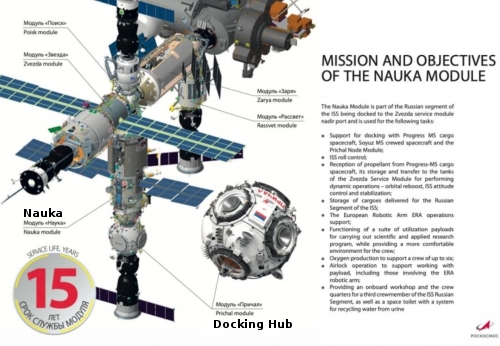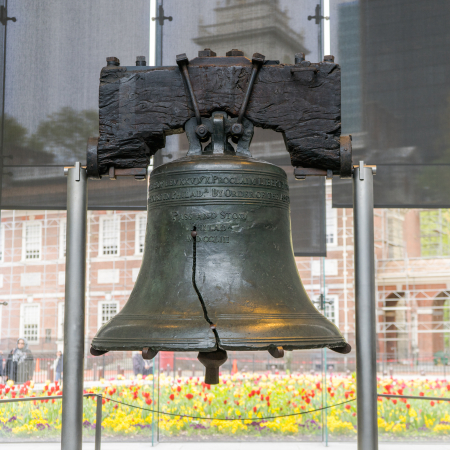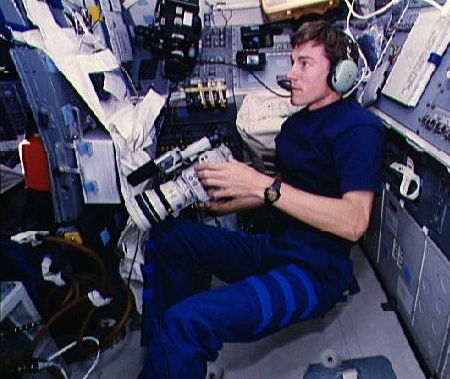Smoke and fire alarms in Russian ISS module Zvezda
In the middle of the night prior to a successful spacewalk by two Russian astronauts to begin the outfitting of the new Nauka module on ISS, fire alarms sounded in the Zvezda module, and both astronauts smelled smoke.
The incident, which the Russian space agency Roscosmos said happened at 1:55 a.m. GMT (9:55 p.m. EDT Wednesday) ahead of a scheduled spacewalk, is the latest in a string of problems to spur safety concerns over conditions on the Russian segment. “A smoke detector was triggered in the Zvezda service module of the Russian segment of the International Space Station during automatic battery charging, and an alarm went off,” Roscosmos said in a statement.
French astronaut Thomas Pesquet said “the smell of burning plastic or electronic equipment” wafted to the US segment of the station, Russian state news agency RIA Novosti reported, citing a NASA broadcast.
The Russian crew turned on a filter and, after the air was cleaned up, the astronauts went back to sleep, Roscosmos said.
It appears that because all the systems on the Russia portion of ISS continued to function normally, the Russians did no investigation. Or if they did, they have not revealed what they found. Nor has NASA provided any information.
In their history the Russians have experienced a number of fires on their various space stations. Some burned out without consequence (as it appears this recent one did). Others required aggressive action to bring them under control, as occurred on Mir several times. This history has apparently made the Russians somewhat nonchalant about such things.
That the issue was in Zvezda, however, which has a serious structural stress fracture problem in its hull, should be cause for a greater concern. Is this burn event related to the stress fractures? If I was an astronaut on board ISS I would surely want to know.
In the middle of the night prior to a successful spacewalk by two Russian astronauts to begin the outfitting of the new Nauka module on ISS, fire alarms sounded in the Zvezda module, and both astronauts smelled smoke.
The incident, which the Russian space agency Roscosmos said happened at 1:55 a.m. GMT (9:55 p.m. EDT Wednesday) ahead of a scheduled spacewalk, is the latest in a string of problems to spur safety concerns over conditions on the Russian segment. “A smoke detector was triggered in the Zvezda service module of the Russian segment of the International Space Station during automatic battery charging, and an alarm went off,” Roscosmos said in a statement.
French astronaut Thomas Pesquet said “the smell of burning plastic or electronic equipment” wafted to the US segment of the station, Russian state news agency RIA Novosti reported, citing a NASA broadcast.
The Russian crew turned on a filter and, after the air was cleaned up, the astronauts went back to sleep, Roscosmos said.
It appears that because all the systems on the Russia portion of ISS continued to function normally, the Russians did no investigation. Or if they did, they have not revealed what they found. Nor has NASA provided any information.
In their history the Russians have experienced a number of fires on their various space stations. Some burned out without consequence (as it appears this recent one did). Others required aggressive action to bring them under control, as occurred on Mir several times. This history has apparently made the Russians somewhat nonchalant about such things.
That the issue was in Zvezda, however, which has a serious structural stress fracture problem in its hull, should be cause for a greater concern. Is this burn event related to the stress fractures? If I was an astronaut on board ISS I would surely want to know.



